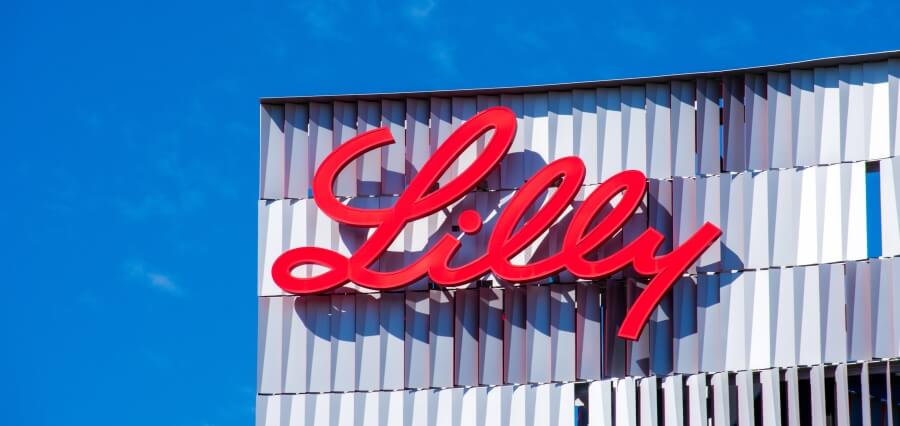Glioblastoma has a median survival time of 14 months after diagnosis, but some of these brain tumors are more aggressive and resistant to treatment than others. A recent study from the University of Miami Miller School of Medicine suggests that the reactivation of an ancient retrovirus may be at least partially to blame for this.
Dr Ashish Shah, principal investigator at Sylvester’s Brain Tumor Initiative (BTI), and first author of a paper in the Journal of Clinical Investigation, said, “Our lab found that an evolutionary dormant retrovirus from 6 million years ago – HML-2, a subtype of HERV-K– contributes to brain tumor formation. We demonstrated for the first time that this virus, when reactivated, plays a role in defining the stem-cell state of high-grade gliomas, promoting an aggressive form of cancer.”
Cancer stem cells, a subgroup of cells in malignancies, are responsible for driving the genesis and growth of tumors as well as determining how aggressive and treatment-resistant a cancer will be. Researchers from Georgetown University, the National Institutes of Health, Sylvester College, and these institutions discovered that HML-2 changed stem cell programming by activating a gene-regulating protein called OCT4. Although HML-2 has been linked to the emergence and progression of various malignancies, this is thought to be the first study to demonstrate the impact of the virus in gliomas and to outline the cellular and molecular mechanisms at play.
Dr. Avindra Nath, clinical director of the Division of Intramural Research at the National Institute of Neurological Disorders and Stroke at the National Institutes of Health, said, “Our results suggest that HML-2 fundamentally contributes to the glioblastoma stem-cell niche, the microenvironment that supports stem cells and determines their fate.
| Read More: Click Here |







